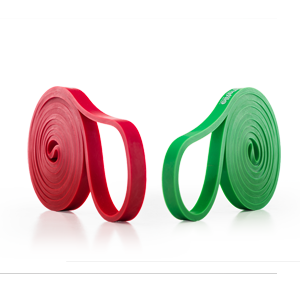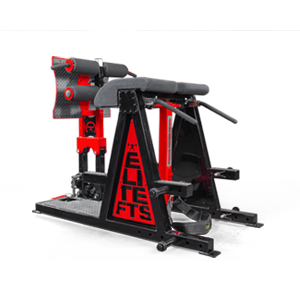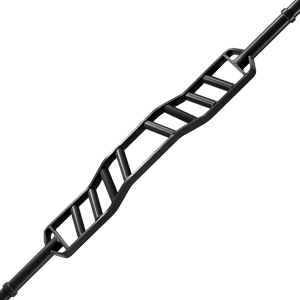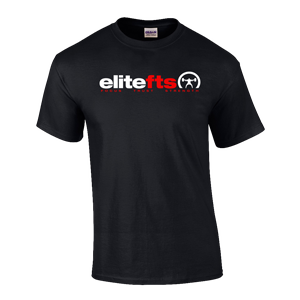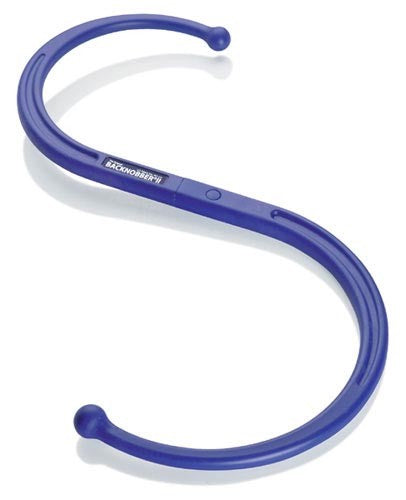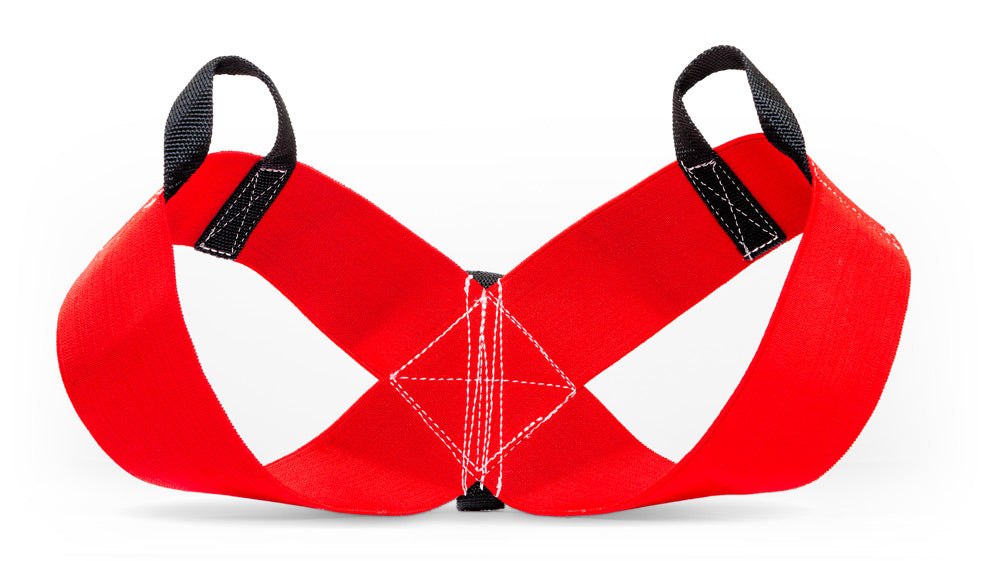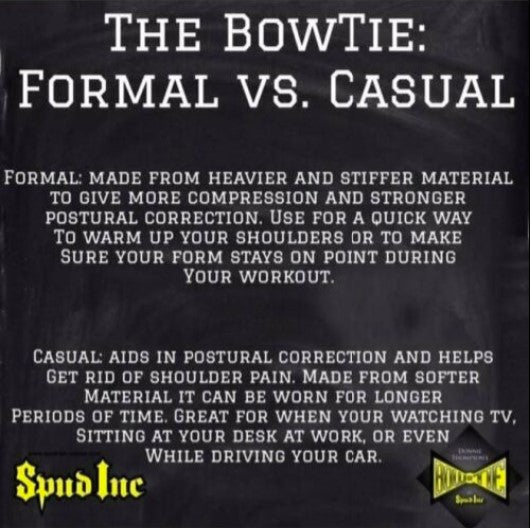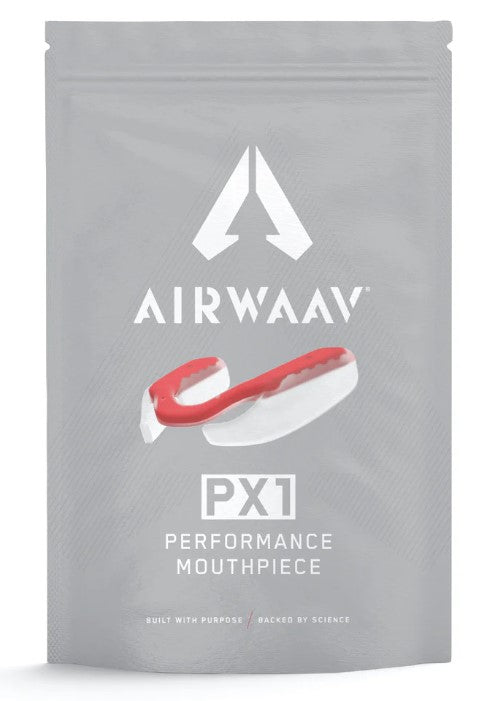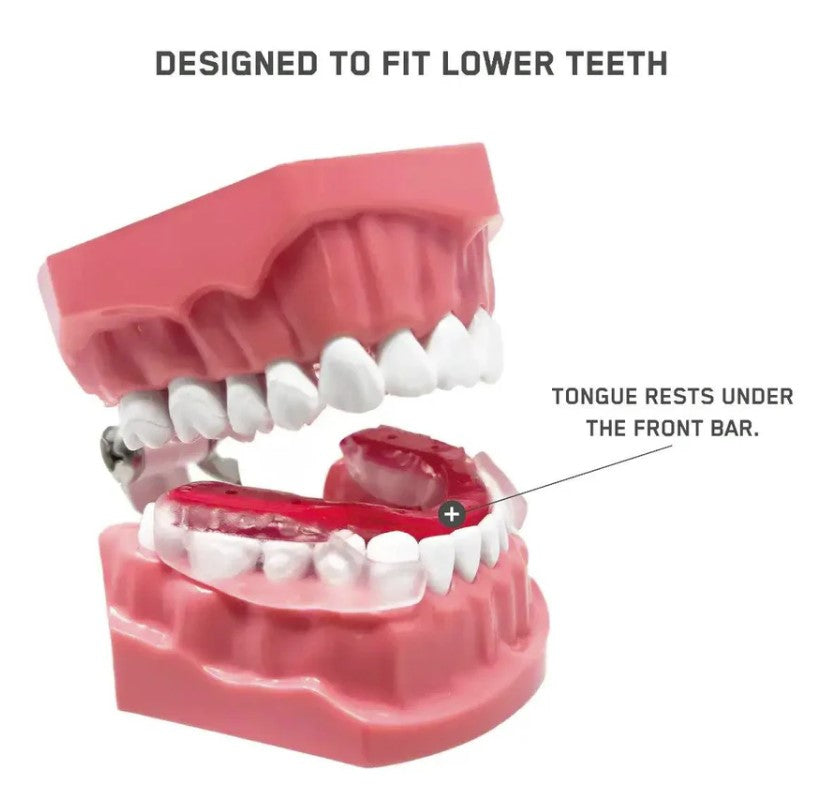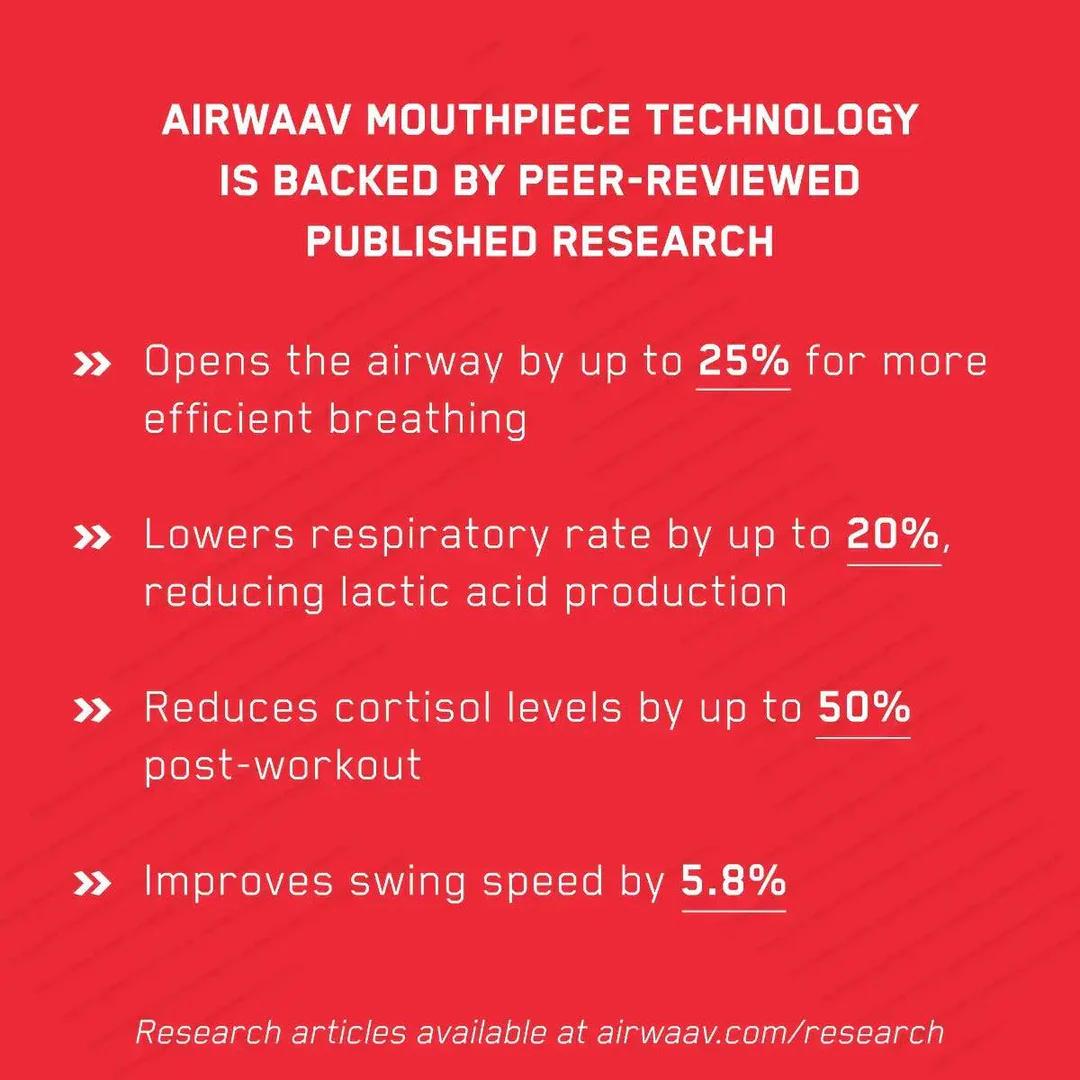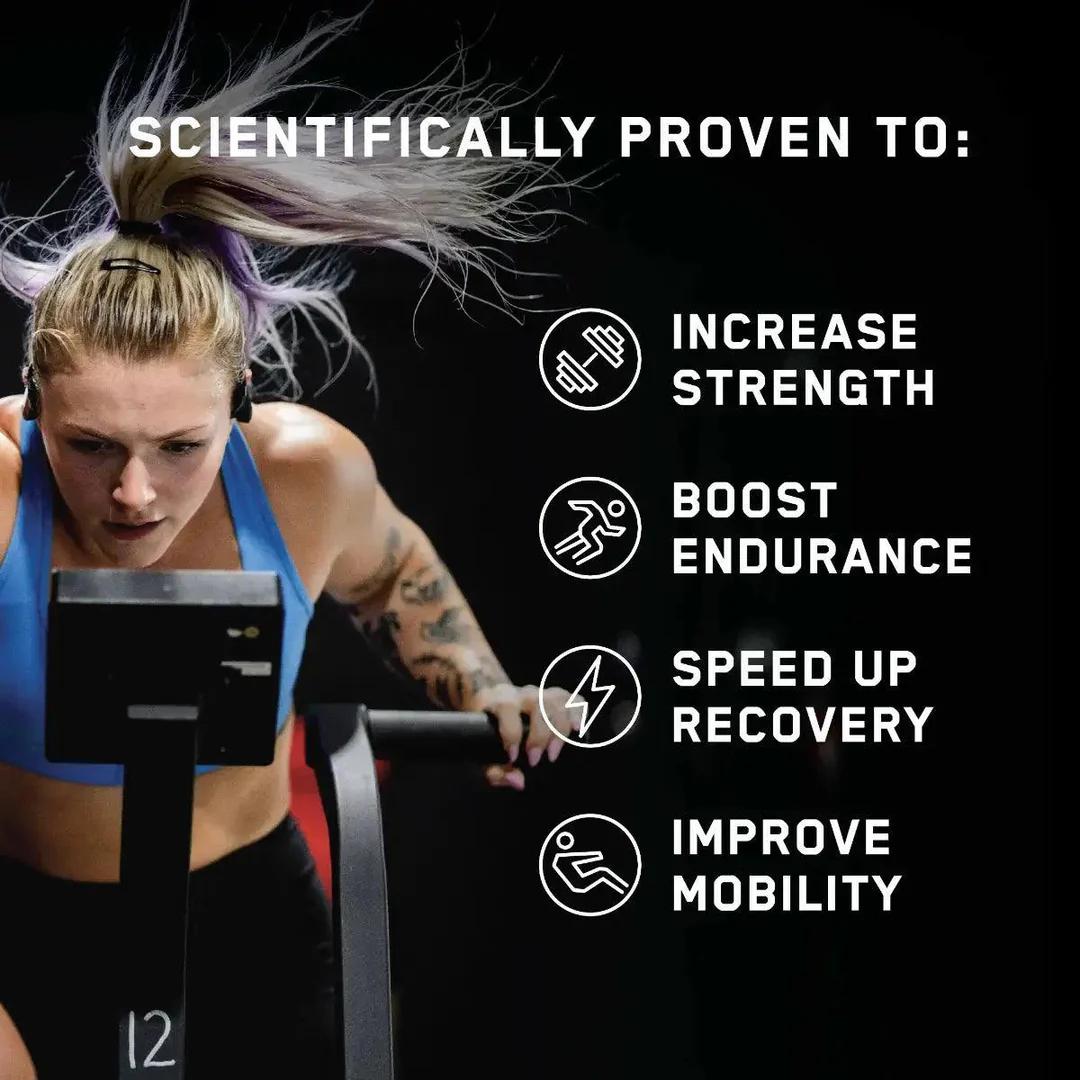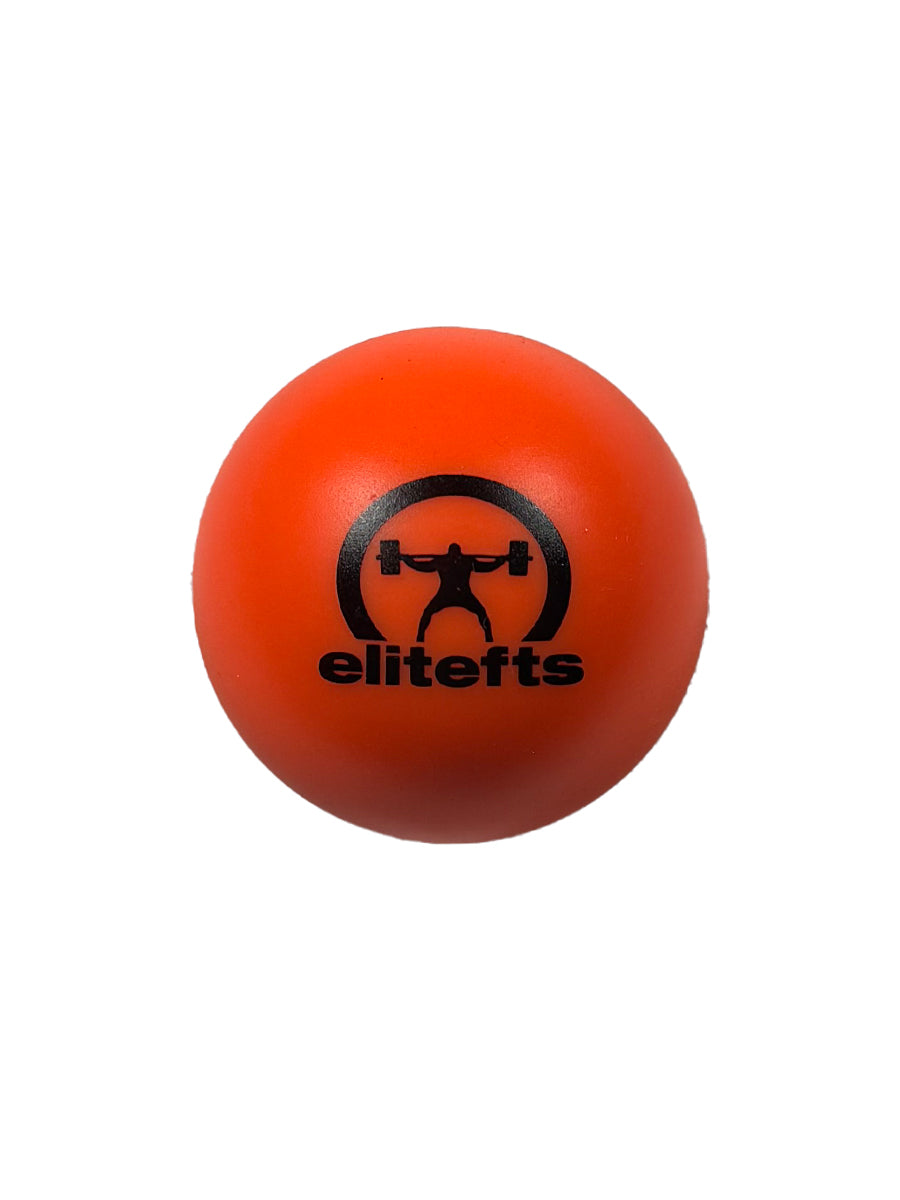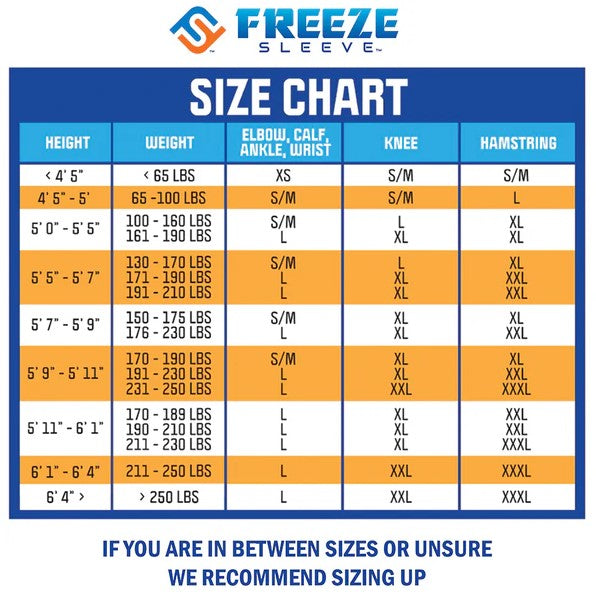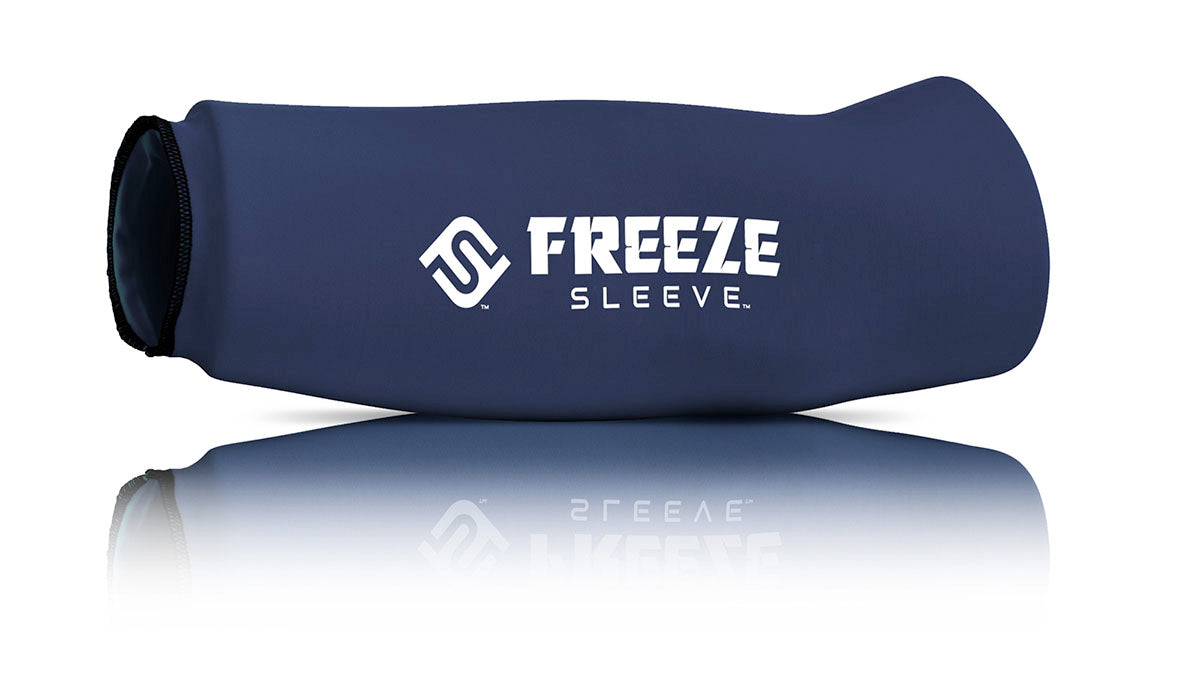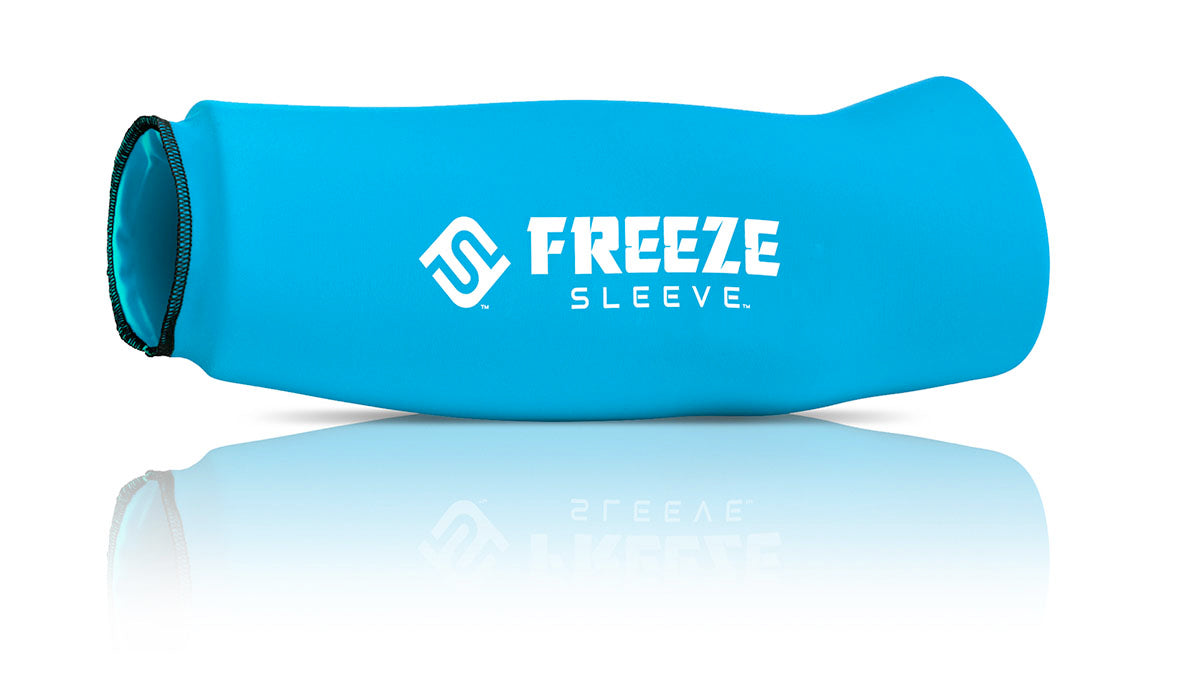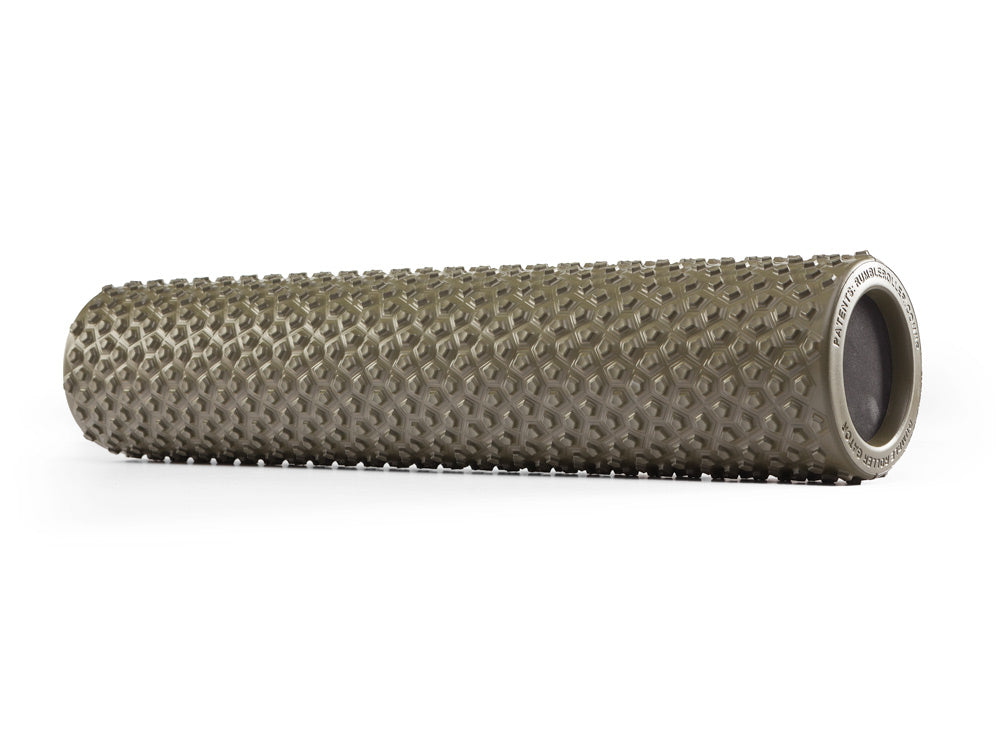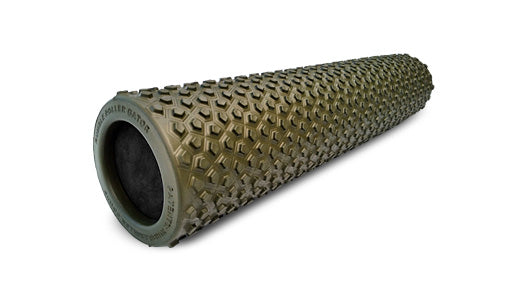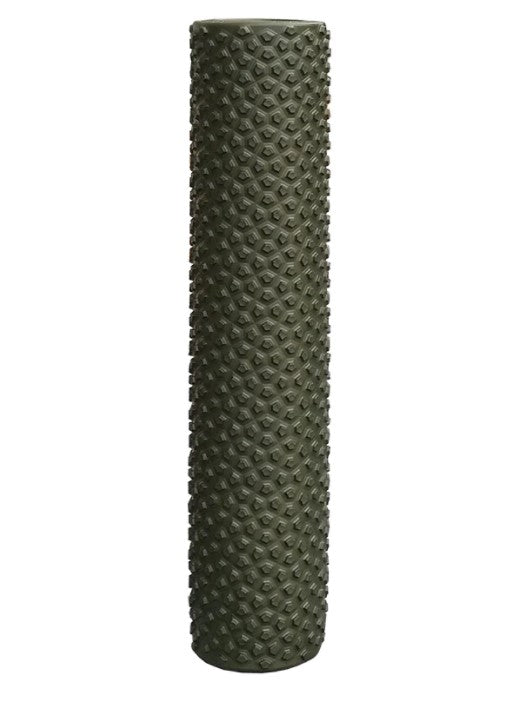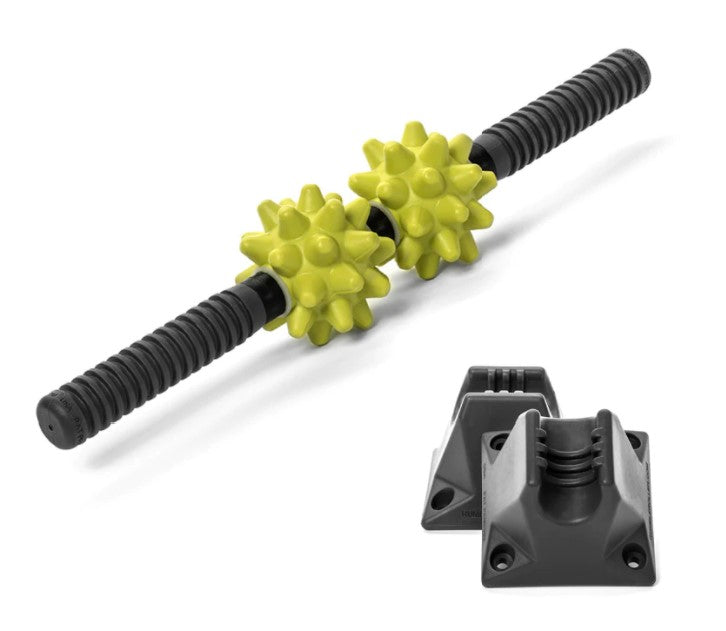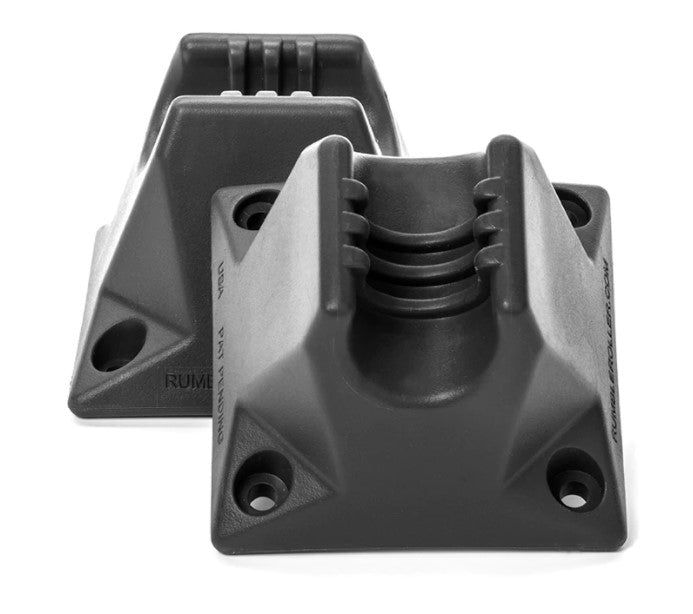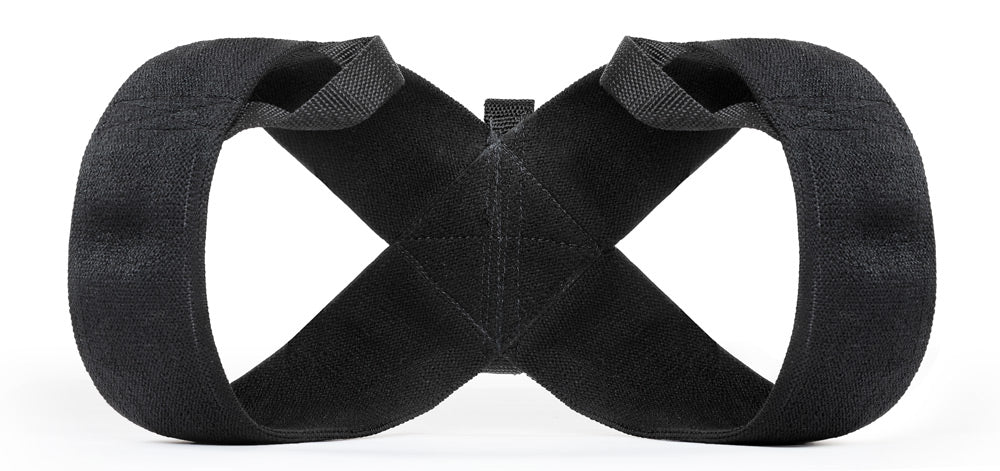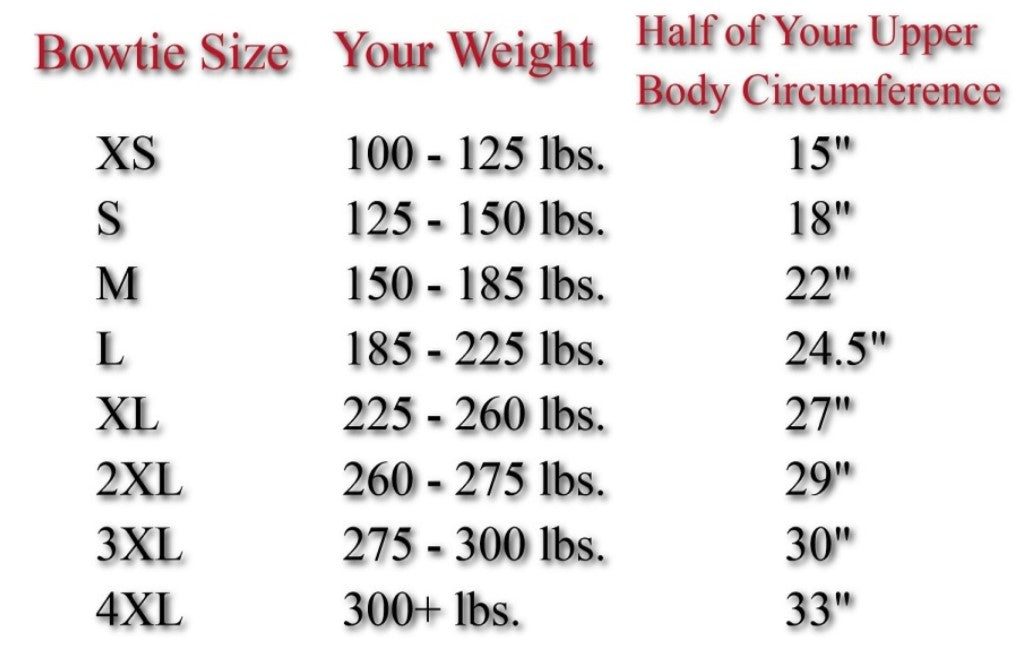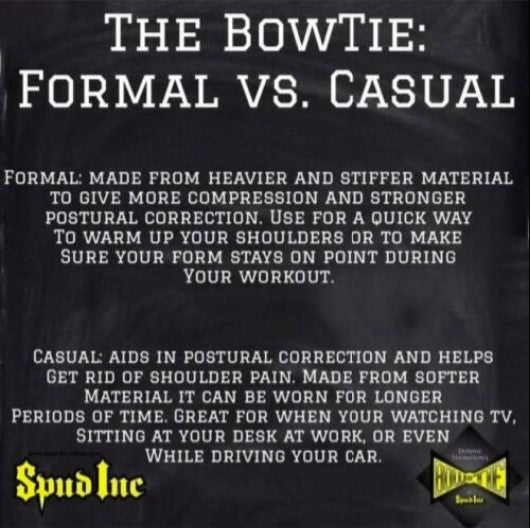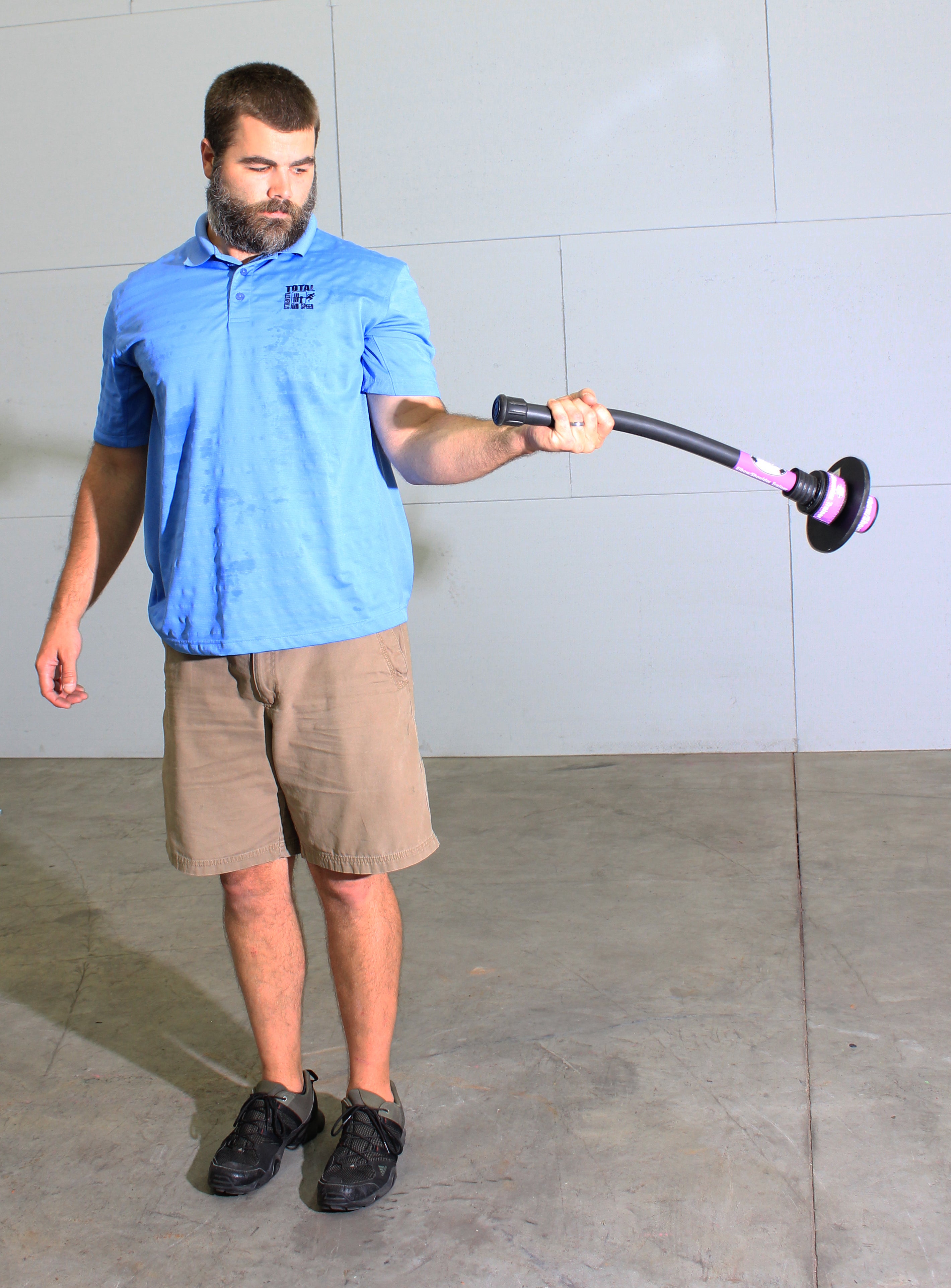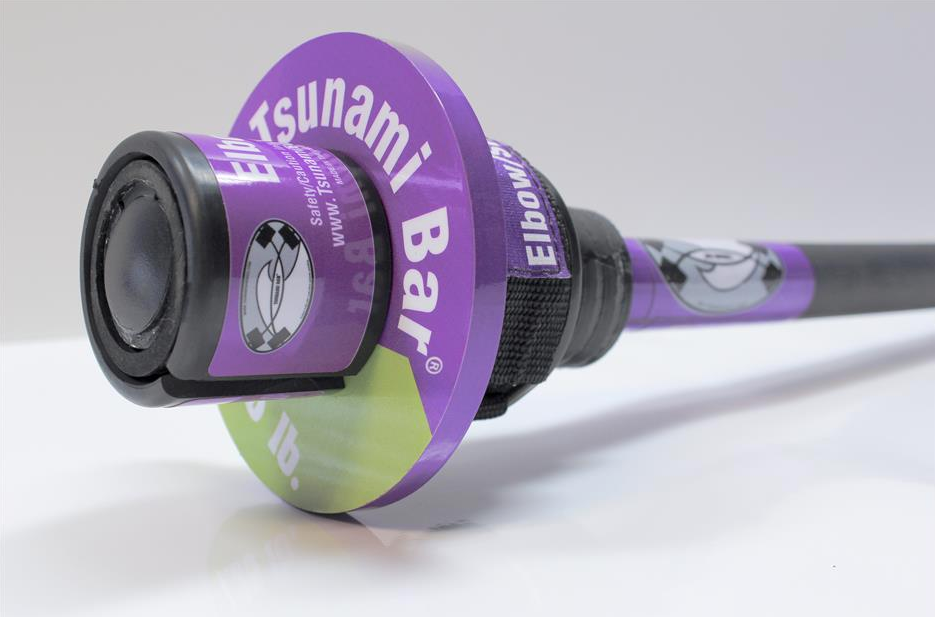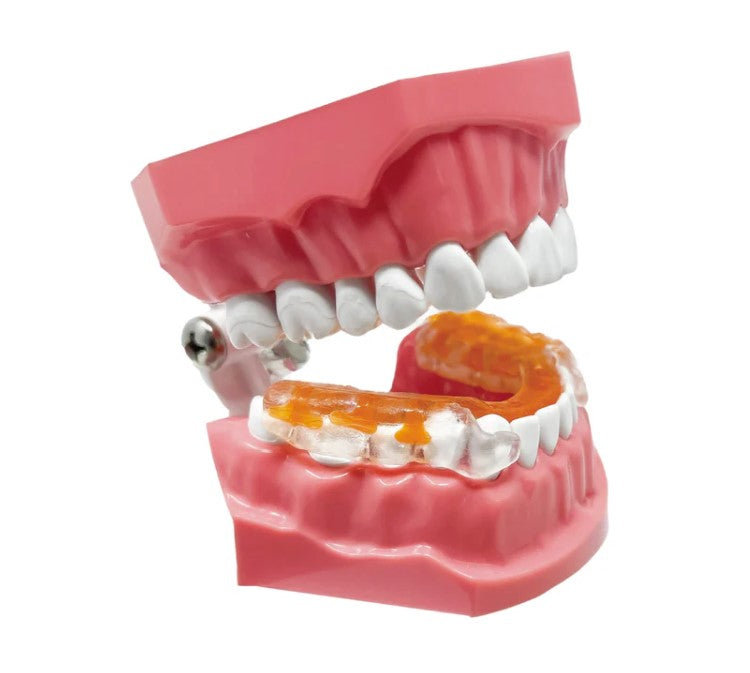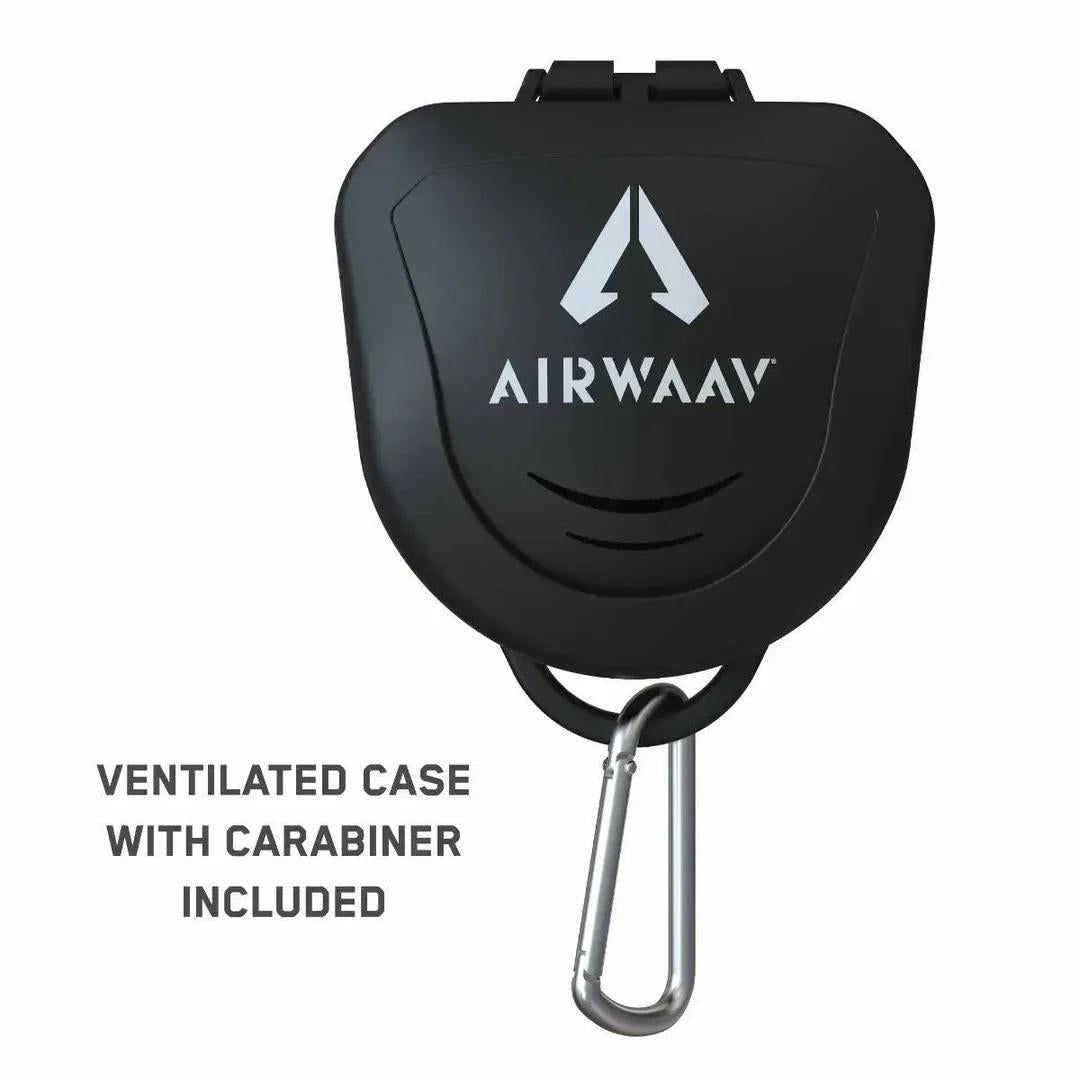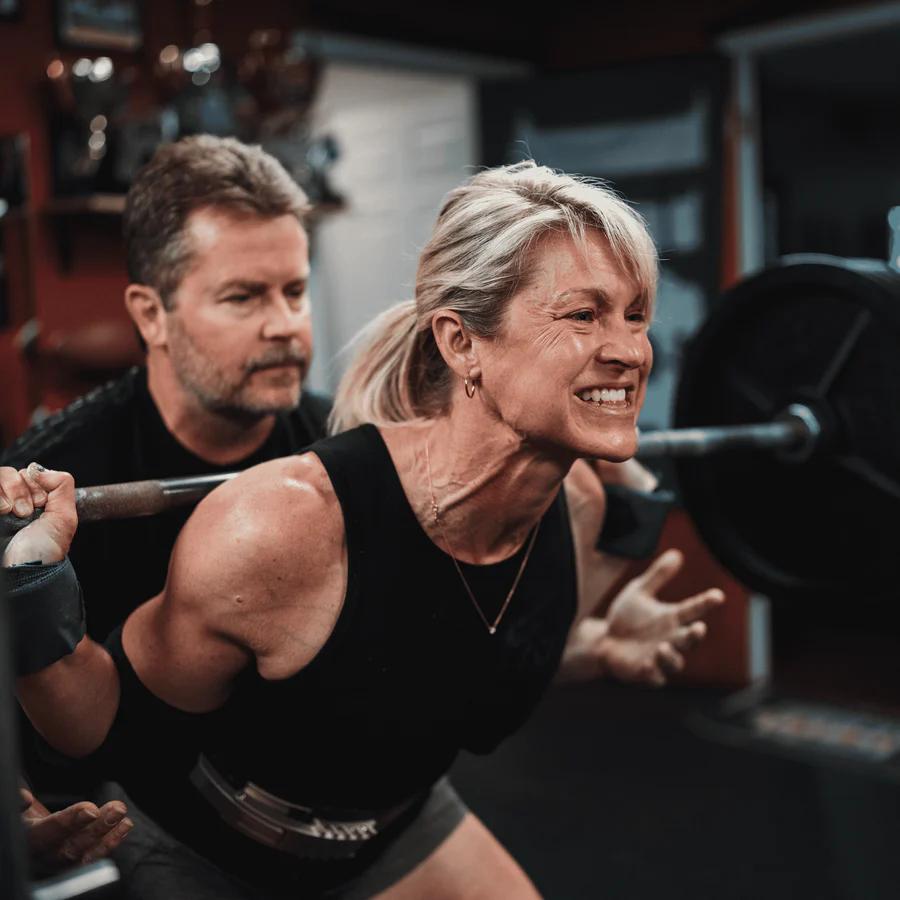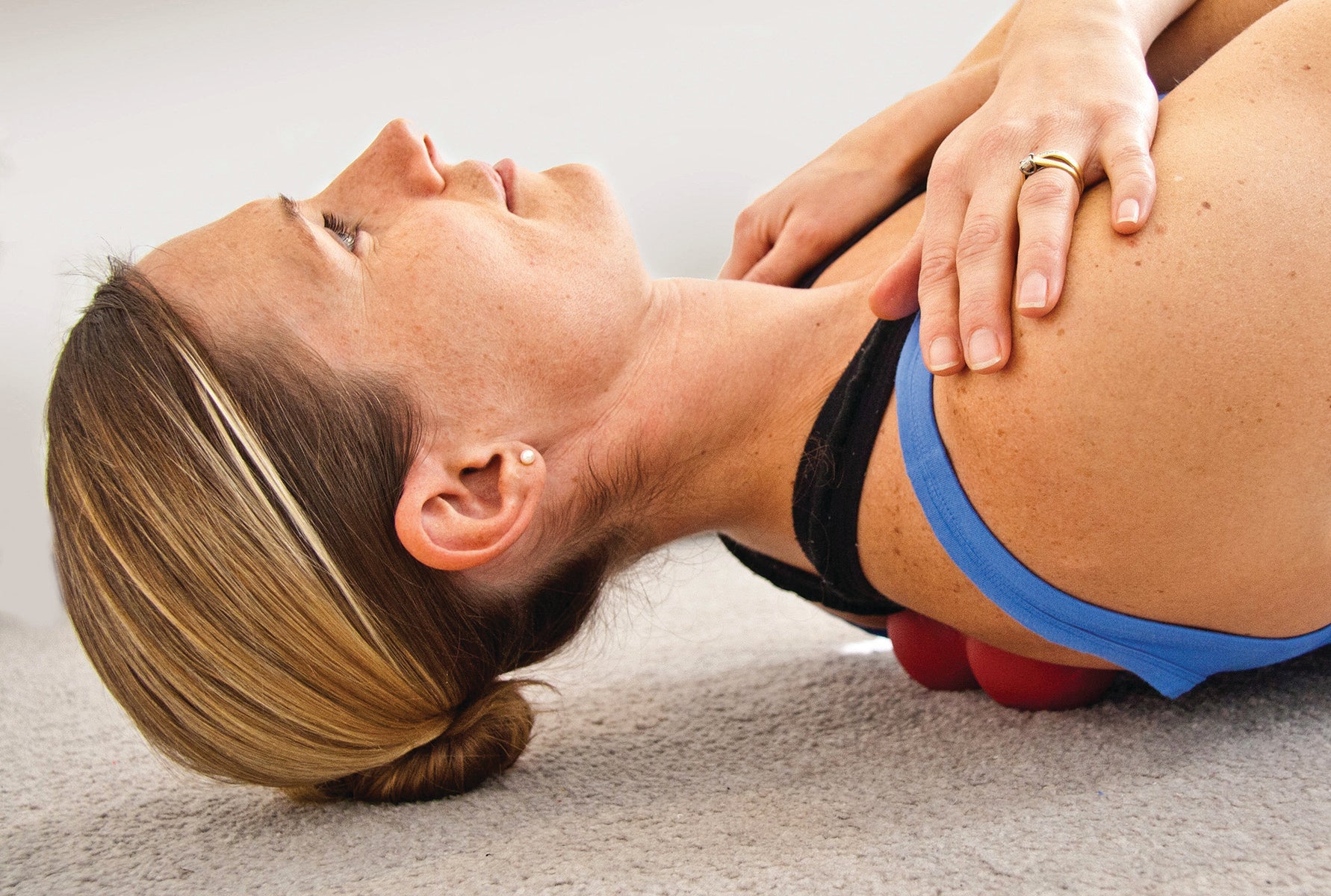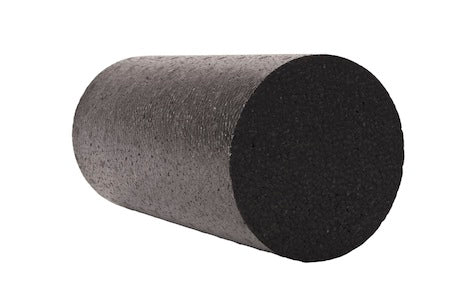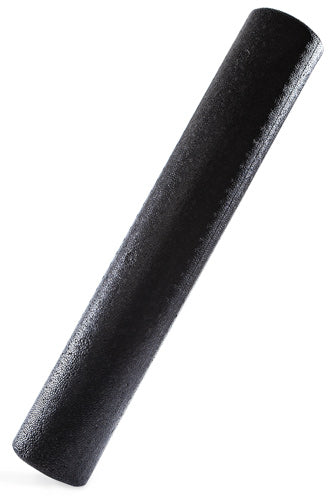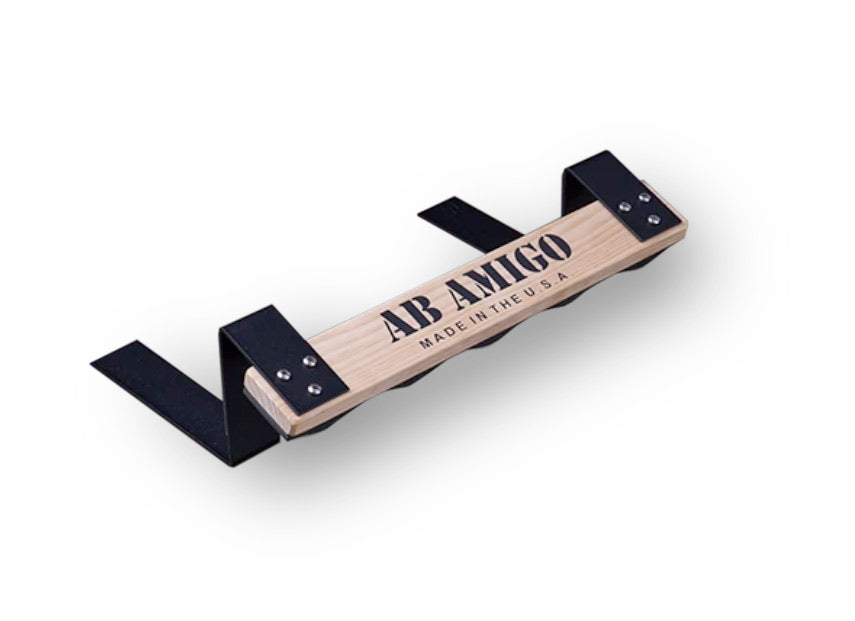Returning to competition after a big injury is exciting but also daunting, especially since competing is already physically and mentally difficult. Deciding when to return can be tough. While everyone's recovery journey is different, I am sharing my experience with my own injury in the hope you will find something that applies to your recovery—an initial plan, a break from lifting, progression, and returning to the platform.
The Initial Back Injury
I originally hurt my back deadlifting in 2019, one month before I was due to compete at the Irish Pro Powerlifting competition. After having some X-rays done, I was sent home with a LOT of painkillers and no other support. I could barely stand, let alone walk. I was in agony. In hindsight, my entire mid to lower body had locked up to protect my spine because it was damaged. I would have been saved years of pain and long periods of setbacks had this been picked up.
After the initial injury, with the help of my husband and coach,
Tom Sheppard, I rehabbed myself back to walking in a week, bodyweight squatting in two weeks, and lifting my opener in three weeks. Looking back at this, it seems wild that I competed and almost won that competition. Had I realized the damage I had done at that point, I would have allowed my body to heal to avoid future pain. The athlete I am today has taught me to listen to my body. I know it best, even if other people told me I was fine.
What Next?
I followed this competition by addressing any weaknesses I had that could have led to the injury in the first place. I mainly focussed on core and posterior dominant work. This allowed me to carry on for as long as I did despite having a LOT of spinal damage.
Like any top athlete, I was smart with my training, nutrition, and recovery. I had weekly bodywork; I ate well, supplemented, and slept 10 hours a night. Despite doing everything I could, I was in constant pain, and I had numerous setbacks since the initial injury. My mid- to lower body would seize up again, and I would have to rehab all over again even to get back to normal movement, let alone training.
Over the last few years, I have seen quite a few specialists, and only last year did I realize the damage I had done. I was always told that if I powerlifted, I would be in pain. Despite my ongoing injury, I continued to improve.
Recent:
Contrast Sets- One of the BEST Powerbuilding Methods
In 2022, I had the best year of my powerlifting career so far, winning the Ghost Clash and achieving an all-time world record squat of 578 pounds at 148 pounds. I also secured a spot in the top 20 powerlifters of all time by using dots. During my training for both the Ghost Clash and the American Pro that year, my back was in agony. I was training only every four or five days because that was all my back could recover from.
By winter 2022, my back problems had started to affect my hips and my nervous system. I could not even sit down without my whole body shaking. I could barely contract the muscles in my lower body, especially my glutes and hamstrings; I was in a lot of pain. At this point, I sought help and had more images done. I realized that the initial fractured L5 vertebrae were now much worse. The L4/L5 disc above had ruptured down into the bone, causing more damage, and ruptured out towards my nerves. This is when I knew I had to let my body heal.
Was I Ever Going to Powerlift Again?
Being physically healthy again was a huge priority, and I was going to do whatever it took to get there. Yet, the hardest part was questioning who I was without powerlifting—eight years of dedication seemed to vanish, triggering a major identity crisis. I had sacrificed a lot for the sport, and I felt like I had only started to reach the top of a big climb, yet I was not done yet. However, I had not reached the top of my powerlifting mountain. I knew I could achieve more.
I knew I had to get back on the platform despite the big roadblock that had been put in my way. First, I had to take a few steps back before I could take big strides forward.
Taking a step back was a perfect opportunity to self-reflect and remind myself why I lift and compete and what it means to me. I love training and pushing my body to its limit. I also love what the discipline of competing has taught me about myself and that I am a better person for it. It has also led me to meet many of my favorite people and the great community.
Taking time away from the gym did not change any of this. I might have physically taken a step back, but the strength I had built mentally was still there and would only improve with this challenge.
The Recovery From Injury
I worked with Brian Carrol for the majority of last year (2023). The recovery process was long and boring but necessary. To allow my back to heal meant allowing the disc to settle back down and then for the bone itself to heal. During the first several months, I was unable to flex or extend my lower back in any way. I could not sit/stand or walk for long periods, so everything was in short bursts. Even sleeping had to be scheduled because lying down for too long was not only detrimental to the healing process but extremely painful. Everything I usually took for granted was regimented. Simple tasks such as driving, walking my dogs, and doing laundry were impossible. I had all sorts of gadgets around the house to help me put on socks/shoes, pick things up, and sit supported.
The initial few months of recovery were very regimented. I slowly brought up my walking time and progressed with the core work I was doing.
Luckily, I have transitioned to a lot more online work as a coach over the last several years. I could no longer do any coaching in person, but I could still make a living. I was very thankful for my adjustable standing/sitting desk.
Conclusion
For a while, I did not set foot in our gym at all, despite always wanting to support/champion everyone else in our training group. I had to focus on other things for a while for my own sanity. So, I picked up reading again and started a few online courses to further my own education as a coach. I spent more time with my family, time that I had missed out on always prioritizing my training schedule. I enjoyed playing video games again. The time I had previously set aside for training was utilized for other positive and beneficial things.
Although I knew I was doing the right thing for my body in the long term, it was very challenging. I had been training for 13 years, and my whole life was centered around being in the gym.
I focused on what I could do and what I could control, not what I could not do or control.
From this process, I have learned to always advocate for myself. Each injury is unique to the person; ultimately, you know your body best. If you are struggling with an injury, get the help and guidance you need.
With any achievement, your success comes from what it takes to get there. Not the achievement itself. This injury did not change that. It was an opportunity to reevaluate my goals, what I enjoy, and what it means to me.
In covering my background, I hope this helps you if you’re struggling with an injury. I will cover my transition back into the gym and back onto the platform in the next few installments.
BIO
Powerlifter and elitefts athlete Naomi Sheppard holds the all-time world record squat with 262.5 kilograms (578.7 pounds) in the 67.5-kilogram (148 pounds) class in the raw with wraps division.
Naomi ranks #1 of all time (pound for pound) in all divisions in the UK and #4 worldwide in her weight category. She co-owns Phoenix Performance, is a strength coach for Thibarmy, and is an elitefts athlete. Naomi is from the UK but currently resides in Ohio.

